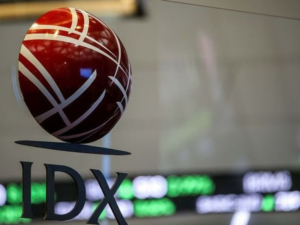Socio-cultural change refers to the transformation of cultural norms, values, and practices within a society. This change can be driven by various factors, including technological advancements, economic shifts, globalization, and social movements. Understanding these changes is crucial for grasping how societies evolve over time. Here, we explore some prominent examples of socio-cultural change and the driving factors behind them.
1. Technological Advancements
One of the most significant driving forces of socio-cultural change is technological advancement. Innovations in technology have dramatically altered how people communicate, work, and interact.
Example: The rise of the internet and social media platforms has transformed communication. Individuals can now connect with others globally, share information instantly, and participate in online communities. This has led to changes in social behaviors, such as the way people form relationships and engage in activism.
2. Globalization
Globalization refers to the increasing interconnectedness of the world through trade, travel, and communication. This phenomenon has led to the blending of cultures, ideas, and practices.
Example: The popularity of global cuisine, such as sushi, tacos, and pasta, illustrates how globalization has introduced diverse food cultures to different regions. Additionally, cultural festivals and events that celebrate diversity, like multicultural fairs, promote understanding and acceptance of different cultural practices.
3. Social Movements
Social movements play a crucial role in advocating for change and influencing societal norms. These movements often arise in response to social injustices and aim to bring about legal and cultural reform.
Example: The LGBTQ+ rights movement has significantly shifted societal attitudes toward sexual orientation and gender identity. Through activism, advocacy, and public awareness campaigns, the movement has led to legal changes, such as the legalization of same-sex marriage in many countries, and greater acceptance of LGBTQ+ individuals in society.
4. Economic Changes
Economic factors can also drive socio-cultural change, influencing how individuals and communities interact with one another and their environment.
Example: The shift from industrial economies to service-oriented economies has altered work patterns and social structures. In many urban areas, this shift has led to the rise of gig economies, where freelance and temporary work arrangements are common. This change affects how individuals view job security, work-life balance, and their roles within families and communities.
5. Education and Awareness
Increased access to education and information has empowered individuals to challenge traditional norms and advocate for change.
Example: The growing awareness of environmental issues has prompted significant socio-cultural changes regarding sustainability and conservation. Movements encouraging recycling, reducing waste, and adopting eco-friendly practices have gained traction, influencing consumer behavior and corporate responsibility.

